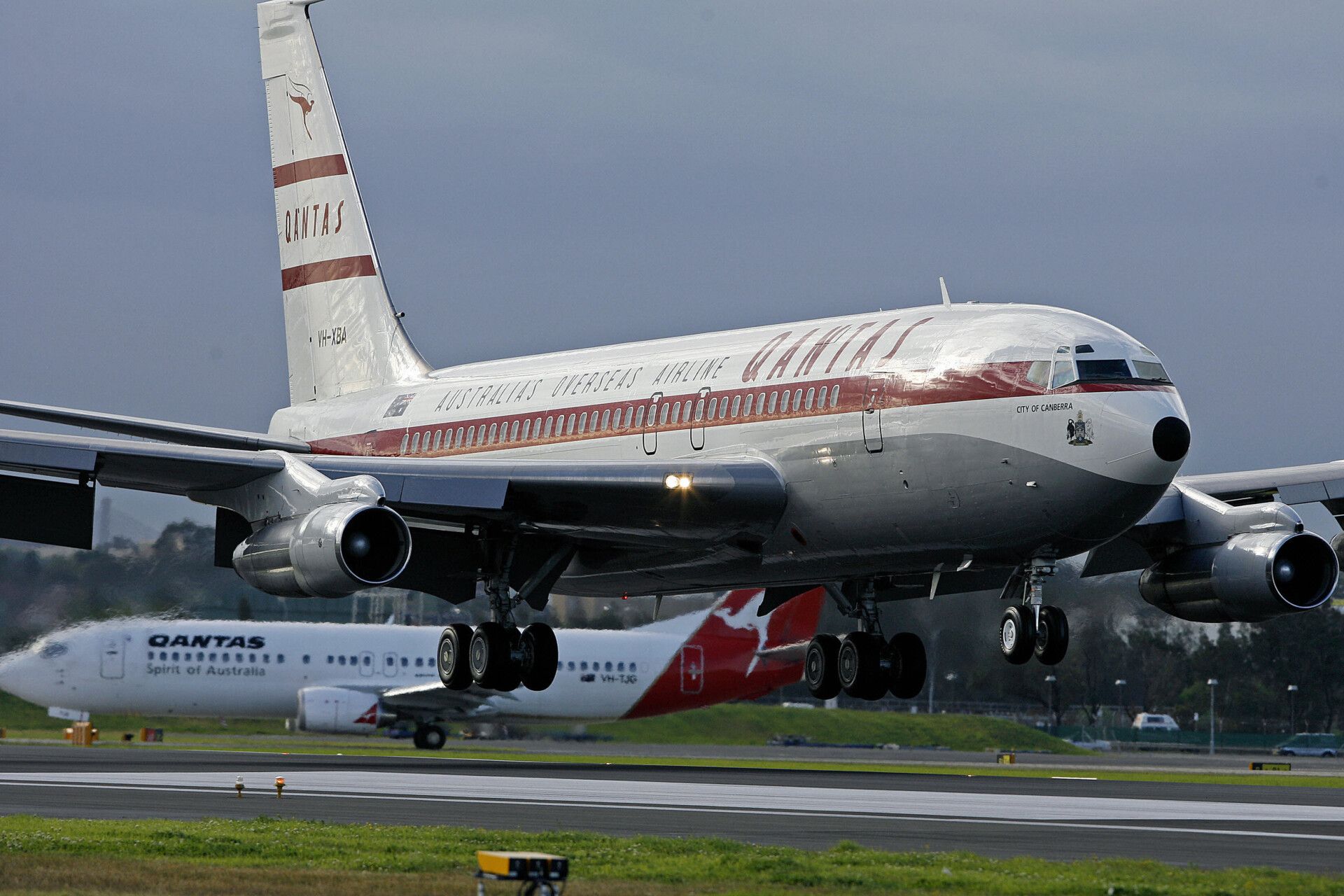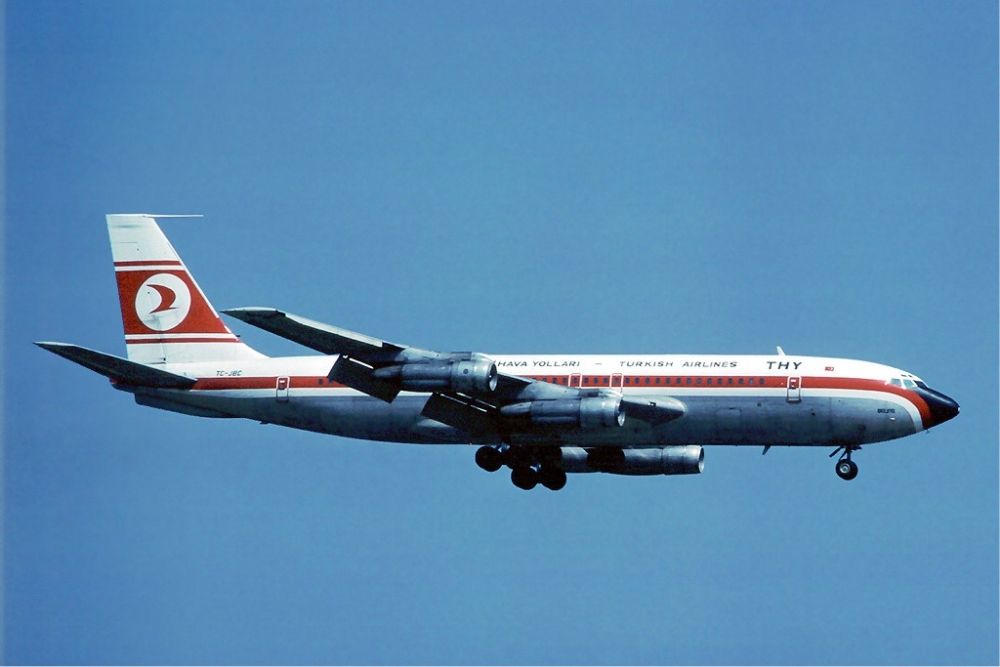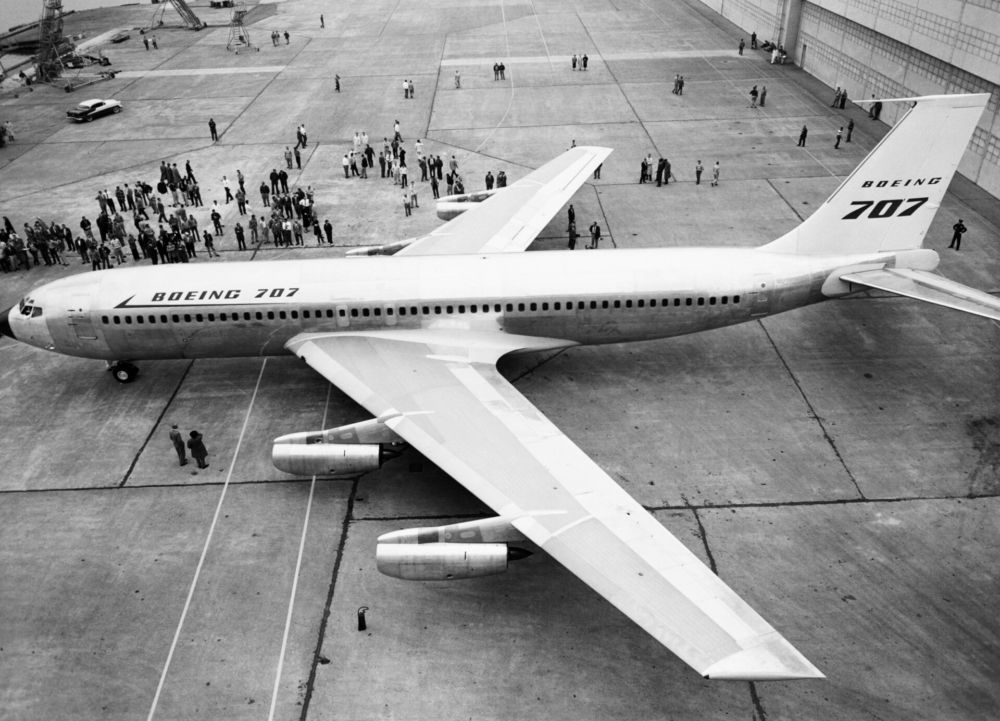On December 20th, 1957, the Boeing 707 took its first flight. It entered into service ten months later, on October 26th, 1958, with Pan Am. The 707, developed from the prototype 367-80 or Dash 80, was to effectively usher in the jet age of commercial aviation in the United States. Let's take a closer look at this pivotal aircraft as it celebrates 64 years of flight.
The jet race
After the end of World War II, commercial air travel began looking towards the jet engine as the next step in transporting people across the globe. Boeing and the US may not have pioneered jet-powered commercial air travel. They were beaten by the UK and the de Havilland Comet, which entered service with BOAC in May 1952.
However, de Havilland only ever built 114 of the DH.106. The Tupolev 104 also beat the 707 to the punch, with its first flight in 1955. Meanwhile, only just over 200 Tu-104s were made. Throughout over two decades of production, Boeing built 865 of the now legendary 707, and another 154 of the 720, totalling 1,010.
The aircraft was powered by four Pratt & Whitney JT3C engines, which was the civilian version of the J57. It featured a six-abreast cabin following not one but two widenings of the fuselage to match the customer-pleasing layout of the homegrown competitor, the DC-8.
Pan Am was the launch customer for Boeing's new bid at the civilian aircraft market. However, at the same time as the airline ordered 20 of the 707 in 1955, it also committed to 25 Douglas DC-8s, with the model taking to the skies in 1958. The 707 would, however, end up outselling the DC-8 by over 300 units.
Stay informed: Sign up for our daily and weekly aviation news digests.
First passenger flights to Paris
As previously stated, the 707 first entered service with Pan Am. The inaugural flight went from Baltimore's Friendship International Airport and across the Atlantic to Paris, France. The christening of the aircraft shortly before the first VIP take-off was attended by President Eisenhower. Meanwhile, the first revenue service went from Idlewild Airport in New York, also to Paris - with a stop to refuel in Newfoundland.
Qantas was the first non-US carrier to operate the plane, although both Air France and Lufthansa were quicker on the orders. Boeing even made a special version of the plane, the Boeing 707-138, for what was then still known as Qantas Empire Airways, or QEA. It measured 128 feet rather than the standard 138 feet and offered an increased range.
Boeing's 707 jet and its success changed the face of commercial air travel. It significantly lowered the price of tickets and made airfares obtainable for a wider audience. Production wound down in 1978. However, as many as 119 of the type are still flying, although almost all are in the service of military operators.
Did you ever fly on the Boeing 707? What was your experience of this iconic gamechanger? Please leave a comment below and share your story with the community and us.



